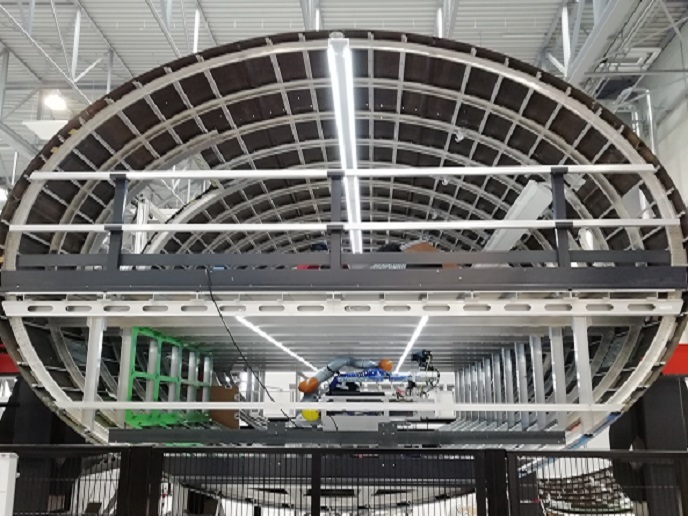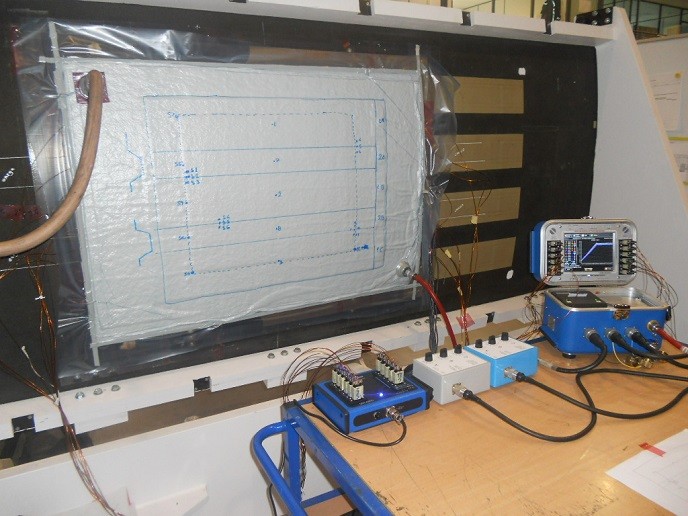Low-cost and lightweight launchers
The NASA SP-8007 guidelines for the design of imperfection-sensitive structures were developed in the late 1960s without considering exciting new developments in lightweight composite materials. Similarily, the space industry's current demand for low-cost launchers and the ever-increasing payload requirements were not addressed either. Over recent years, different approaches have been adopted to predict the maximum load for launcher structures. Using non-linear finite element models, engineers have struck good balance with experimental results. The computational cost of simulations carried out in the pre-design phase is too high when faster and more accurate tools are needed. Within the DESICOS (New robust design guideline for imperfection sensitive composite launcher structures) project, researchers further developed a deterministic method. The so-called 'Single perturbation load approach' (SPLA) uses the radial profile of a load applied as an indication of the structure's sensitivity to imperfections. Despite the advantages of this method, a reasonable computational effort still needs to be dedicated to calculating the knock-down factor. In engineering composite structures, the knock-down factor is used to account for the fact that imperfections reduce the stress that these can withstand to a small fraction of the stress at which a perfect structure buckles. The DESICOS team, therefore, explored ways to combine SPLA with semi-analytical approaches. With a view to applying the new combined methodology in the preliminary design of launcher structures, it was validated by extensive testing structures made of composite materials. An axially loaded unstiffened cylinder – disturbed by a large enough single perturbation load – was found to lead to 45 % higher buckling load than in designs based on the existing guidelines. Importantly, the potential of the new methodology to reduce the development timescales and manufacturing costs, while increasing the payload capacity, was demonstrated within selected case studies. DESICOS' results were published in more than 30 peer-reviewed papers and are summarised in a handbook on the design of composite launcher structures.
Keywords
Launchers, imperfection-sensitive, NASA, composite materials, DESICOS, single perturbation load







